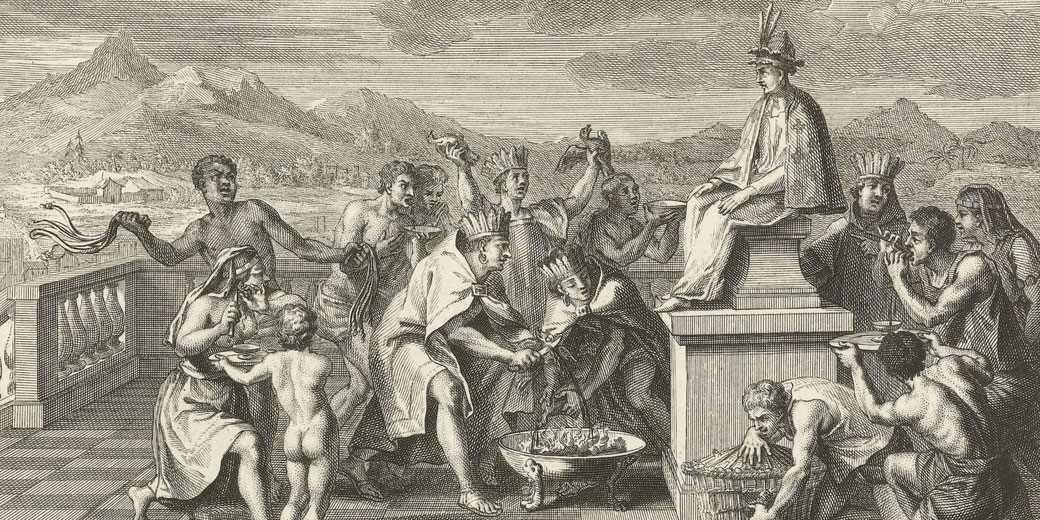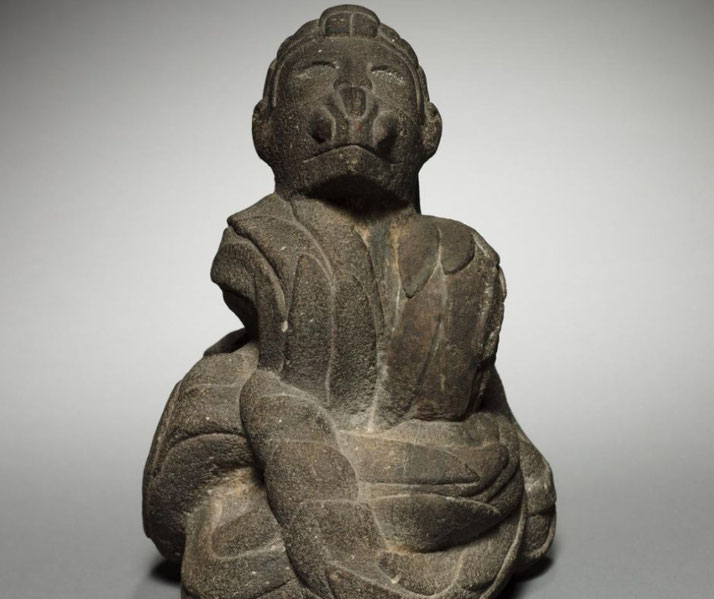Quetzalcoatl: The terrifying Aztec snake god and his mysterious return

Feared and venerated across Mesoamerica, Quetzalcoatl was one of the most influential gods in the Aztec world. His name, which meant “Feathered Serpent” in Nahuatl, he was a combination of the grounded power of a snake with the divine essence of birds.
People across generations remembered his mysterious departure and believed that he would one day return, and this idea came to dominate Aztec reactions to unexpected visitors from the east.
Who was Quetzalcoatl?
Quetzalcoatl’s origins reached back to the Toltecs, who held power in central Mexico from the 10th to the 12th century CE, who treated him as a divine lawgiver and teacher.
The people of Teotihuacan, active during the Classic period between 150 and 750 CE, also carved images of a feathered serpent into their temples and ceremonial spaces.
Worship of Quetzalcoatl lasted for generations across different cultures, and his qualities changed because it changed according to each cultural setting.
The name Quetzalcoatl combined two Nahuatl words: quetzal, meaning the long green tail feather of the quetzal bird, and coatl, meaning serpent.
Together they formed a powerful symbol of heaven and earth. People regarded him as a bringer of knowledge, a founder of civilisation, and a guardian of order.
Myths linked him with the second sun in the Aztec Five Suns cycle, an age that ended in cataclysmic winds.
Codices and oral traditions also described Quetzalcoatl as a historical figure who had once ruled the Toltecs.
His reign had introduced agricultural methods based on sacred rituals and timekeeping systems that later generations respected and imitated.
According to the stories, he governed with humility and wisdom, but his rival, Tezcatlipoca, tricked him into breaking his moral code.
Shamed, he fled east to the sea, where he set himself on fire and rose into the sky as the planet Venus.
He declared that he would one day return to claim his rightful place.

What role did he play in mythology?
In Aztec creation myths, Quetzalcoatl and Tezcatlipoca killed the sea monster Cipactli and used her body to create the earth and heavens.
Quetzalcoatl later travelled into Mictlan, the underworld, to recover the bones of the dead from previous ages.
He ground the bones into dust and added his own blood to give them life, and in doing so, created humanity.
Aztec priests taught that each age of the world ended in destruction. Quetzalcoatl presided over the second age, which ended in storms that swept away the people.
Although later ages were ruled by other gods, Quetzalcoatl continued to be important for keeping the world stable, and his presence affected the balance between creation and disaster.
He avoided demanding war or blood as Huitzilopochtli did.
One important story involved Quetzalcoatl’s journey into Mictlan. The gods of death, Mictlantecuhtli and Mictecacihuatl, tried to prevent him from stealing the bones of past generations.
He passed their tests through clever tricks and cunning words, although he stumbled on the way back and broke the bones.
This explained why humans came in different shapes and sizes. By accepting pain and shame for the sake of others, Quetzalcoatl became a god that was associated with sacrifice and personal restraint.
Despite this more gentle character, he also held frightening powers. His breath could raise hurricanes, and his anger could destroy cities.
Although he opposed excessive cruelty, he did not prevent destruction when the balance of the world demanded it.
Evidence of his worship
At the Temple of the Feathered Serpent in Teotihuacan, sculpted serpent heads decorated the stepped pyramid built around 200 CE.
The repetition of feathered serpent iconography throughout the city indicated that processions and offerings had taken place there for generations.
The Toltec capital, Tula, four massive stone pillars carved into human figures stood among temple ruins, which were thought to represent Quetzalcoatl’s warrior-priests or divine servants.
As a result, his influence became a tool of political power, as later Aztec rulers linked their authority to the Toltecs by claiming descent from Quetzalcoatl’s priestly dynasty.
The Aztec capital of Tenochtitlan, his temples stood beside those of Huitzilopochtli and, during the festival of Tlacaxipehualiztli, people honoured him through cleansing rituals that used renewal ceremonies and sacrificial practices intended to refresh the cosmic order.
He required less human blood than some gods, and yet he still received animal offerings, incense, music, and dancing.
Aztec codices such as the Codex Borgia showed him in human form with red and black face paint, a pointed cap, and a shell necklace.
His wind mask, known as the ehecatl mask, identified him with breath and motion.
The priests who followed him explained the movements of Venus as signs of his influence, which could affect harvests, rainfall, and even military success.

Was Cortés Quetzalcoatl?
In 1519, Hernán Cortés landed on the coast of Mexico during the year Ce Acatl, the sacred name linked to Quetzalcoatl’s birth.
The Spanish came from the east, wore unusual clothing, and rode animals never before seen by the Mexica.
Reports sent to Emperor Moctezuma II described these men as white-skinned and bearded, two physical features connected in mythology with Quetzalcoatl’s earthly form.
Some Nahua sources reported that Moctezuma feared Cortés, while Spanish chroniclers such as Bernal Díaz del Castillo and Bernardino de Sahagún recorded that the emperor welcomed Cortés with gifts and deference.
This might suggest that the Aztec emperor considered him either a god or a messenger of one.
However, these accounts came from Spanish writers, and they often reflected the need to justify conquest by portraying native rulers as naive or overly religious.
In Nahuatl-language sources, which had been compiled in the Florentine Codex, Moctezuma’s responses appeared more cautious and strategic.
He hesitated, asked many questions, and sent diplomats with offerings. Some priests and nobles advised him to treat the Spanish with suspicion, and others viewed them as ordinary men with advanced weapons.
The idea that Cortés was Quetzalcoatl may have influenced political decisions at first, but it did not prevent armed resistance or ritual defence of the empire.
Ultimately, the story of Quetzalcoatl’s return became a way of explaining the unexpected fall of the Mexica.
Colonial authorities, following the conquest, allowed some of his myths to persist because they could be merged with Christian ideas.
In some villages, the god's image took on new meanings, and people compared him to Christ or imagined him as a martyr betrayed by the powerful.
What do you need help with?
Download ready-to-use digital learning resources
Copyright © History Skills 2014-2025.
Contact via email
With the exception of links to external sites, some historical sources and extracts from specific publications, all content on this website is copyrighted by History Skills. This content may not be copied, republished or redistributed without written permission from the website creator. Please use the Contact page to obtain relevant permission.





